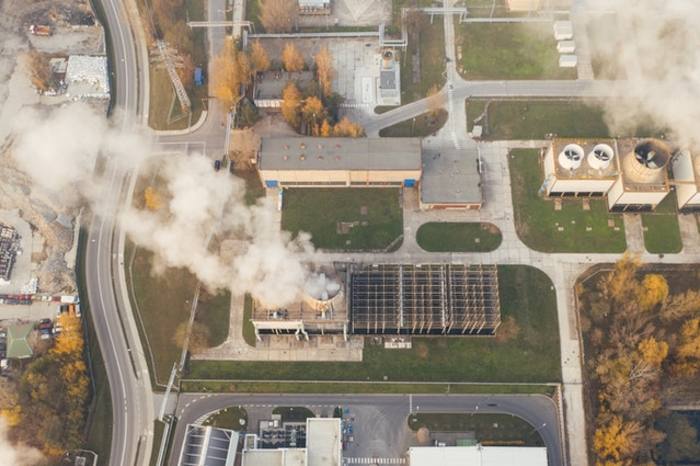
A growing number of countries, cities and companies have pledged to become net zero by 2050 to meet the goals of the Paris Agreement. Estimates suggest, collectively, that these net-zero pledges represent nearly 25 per cent of world emissions and 50 per cent of global output.
In some sectors, cost-effective technologies exist to cut greenhouse gas emissions to zero through electrification.
However, for industries like aviation, construction materials and agriculture, reducing emissions to zero will be technically complex, impossible or prohibitively expensive, and so residual emissions will remain.
The concept of net zero means these residual emissions need to be removed from the atmosphere through negative-emission technologies, including carbon capture and storage, or natural carbon sinks such as forests.
However, many negative-emission technologies cannot currently operate at scale, so companies may pledge net zero to signal their future intentions. This makes it difficult to hold companies to account for emission reductions.
Moreover, the extent of negative emissions required to satisfy the Paris Agreement depends on the climate change scenario chosen, and assumptions about policy and technological developments. Hence, there is huge uncertainty on how exactly we might attain net zero.
The scope of change
To help investors understand the substance behind net-zero pledges, it is useful to understand the scope, the genuine emission reduction versus offsets, and if pledges are reflected in today’s actions.
Most businesses pledge net zero on their Scope 1 and 2 emissions – the direct emissions from their operations and energy consumption.
But Scope 3 emissions, which include upstream supply chain emissions and downstream emissions from products sold, must also be considered. In sectors like oil and gas, automobiles and financial services, most of the emissions are Scope 3. For instance, 85 per cent of oil and gas emissions are Scope 3.
Companies have no direct control over these emissions and largely rely on policymakers to set the right incentives.
Some companies choose to offset their emissions through voluntary offsetting schemes. Indeed, the voluntary carbon offset market more than doubled between 2017 and 2018. Credibility is crucial; any offsetting scheme must meet specified criteria to be externally verified.
One issue is that it is currently far cheaper to offset emissions than to invest in sustainable long-term solutions that will genuinely reduce carbon. In 2018, the average price of voluntary offsets was US$3 (£2.30) per tonne of carbon dioxide, much cheaper than the US$75 Paris-aligned price recommended by the International Monetary Fund.
However, expected growth in demand for offsets should ultimately push up the price to the optimal Paris-aligned figure.
For example, in 2019, EasyJet announced it was offsetting its flight emissions over three years for £25m per year. This equates to £3 per tonne of CO2 – a cheap way out.
While arguably better than nothing, could the £25m be spent more effectively on advancing decarbonisation solutions for the industry?
Another problem is that around 60 per cent of all offset schemes require land. Shell estimates that, for the energy sector alone, an area about the size of Brazil would need to be reforested to reach net zero by 2070.





